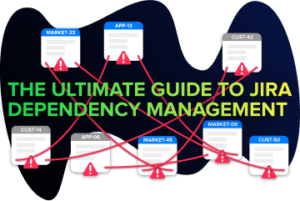Table of Contents
ToggleThe daily standup is the core of any Scrum team
Daily standups are a crucial part of any agile team’s workflow, and are designed to provide a quick, regular check in with the team to ensure that everyone is on track. Without any formal structure to how they are run, however, it is easy for these meetings to devolve into simple status updates or become bogged down in minutia. To ensure that daily standups are effective and efficient, it is important to establish some ground rules and guidelines for how they are run.
Don’t make your daily standup it a status report
While standups are short, they should be focused and to the point. Everyone should be attending to add value, not just present information. The meeting should not go longer than fifteen minutes, and it should begin with a quick check-in where everyone answers three questions: What did you accomplish yesterday? What do you plan to accomplish today? Are there any impediments in your way?
Set your team up for success
The next part of the meeting should be dedicated to discussion. The product owner or scrum master should ask each team member what they are working on, and then guide the discussion to ensure that everyone is able to participate. This is also a good time for the scrum master to ask about any roadblocks that may be slowing down progress. The meeting should end with a check-in on any impediments, and a reminder for team members to keep their blockers visible so that they can be removed as quickly as possible.
Keep your daily standup consistent
If you are working on an agile development team, your daily standup should be held at the same time every day. This is to ensure that everyone is free to attend and no one is skipping the meeting because they’re not sure when it is. While it may be tempting to hold standups later in the day to coincide with lunch or quitting time, this can lead to people cutting the meeting short or rushing through what they have to say.
Everyone has an equal voice in a daily standup
People should be encouraged to speak up and ask questions during the meeting, and the team should strive to keep the discussion focused and on-track. If someone is attending their first standup, they should be encouraged to introduce themselves, and everyone should try to remember their names for future meetings. It is important that everyone feels welcome in the meeting, even if they are new or quiet.
Guard rails over a strict agenda
Daily standups are not meant to be formal, but they should have a few basic rules to ensure that they are effective. The meeting should be fifteen minutes or less, and everyone on the team should be present to add value. The first part of the meeting is dedicated to quick check-ins where everyone answers three questions: What did you accomplish yesterday? What do you plan to accomplish today? Are there any impediments in your way?
Want to enhance your agile reporting?
Are you a Jira user? Check out these apps that focus on themes like dependency management, scaled backlog views and WIP management to help your teams navigate and understand their complex environments!








